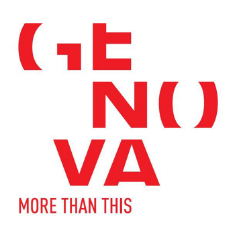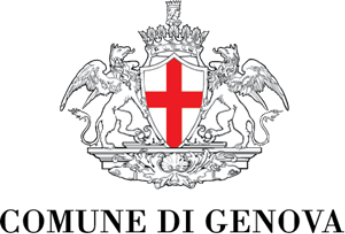Click here to view image
Ichikawa Danjuro VII as Kan Shojo in the Mt. Tenpai Scene, from the series Famous Kabuki Plays
Utagawa, Kunisada
ukiyo-e woodblock print
1814 - 1815 - XIX
S-1394
Unità di misura: cm; Altezza: 37.8; Larghezza: 25.1
carta giapponese- xilografia
Capolavori d'Arte Giapponese dal Periodo Edo alla Modernizzazione - Genova, Museo d'Arte Orientale E. Chiossone - 25 luglio 2001 - 16 giugno 2002
The series "Ōatari kyōgen no uchi", published by Kawaguchiya Uhei in a limited edition, was printed using expensive materials such as mica, excellent quality pigments and excellent paper. Common features of all the prints in the series are the light mica background and the unusual design of the eyes. Ichikawa Danjūrō VII (1791-1859) is portrayed here in the guise of the court poet and politician Sugawara no Michizane (845-903, Kan Shōjō in the performance). The drama "Sekai no hana Sugawara denju", staged by the Ichimura company in 1814, in fact narrates the unfortunate events of the scholar, here depicted in the moment in which he transforms into a God of thunder while furiously thinking back on the injustices of his life. The figure appears to be pervaded by strong emotion: flames escape from the body, the hair is standing on end, the hands are clasped in a gesture of anger and the eyes seem to pop out of their sockets. The plum branch held between his teeth is a reference to the "flying plum tree" (tobi ume), the tree that uprooted itself from the garden of Kan Shōjō's house at the time of his departure and, flying, followed his wanderings until it was transplanted to the place of his exile.



